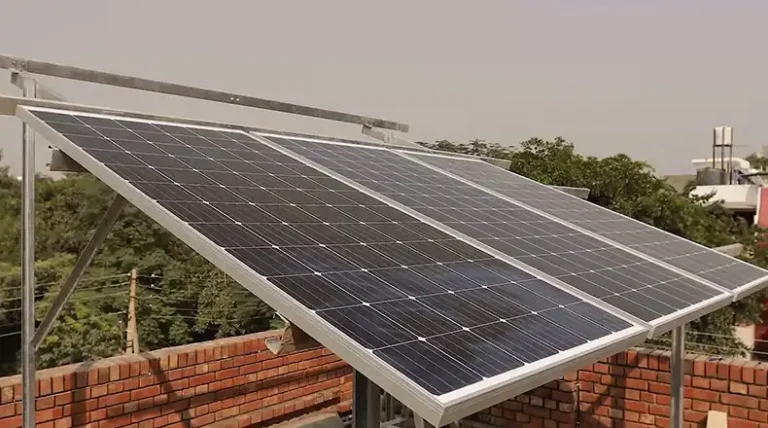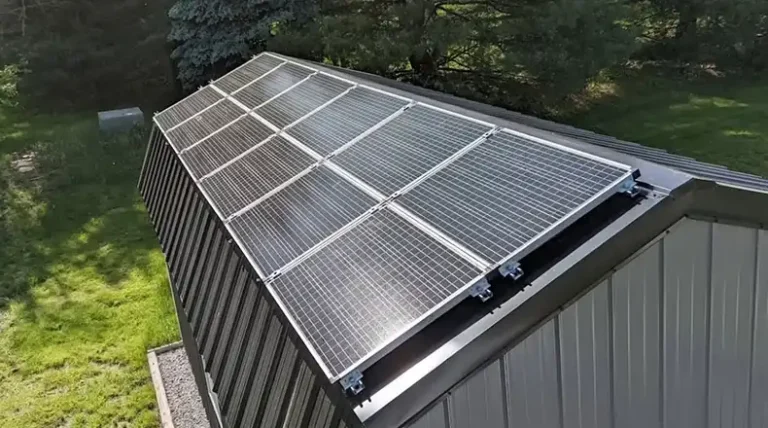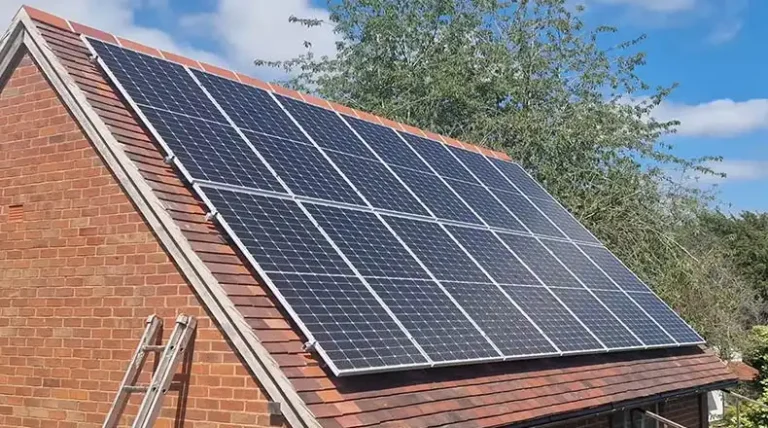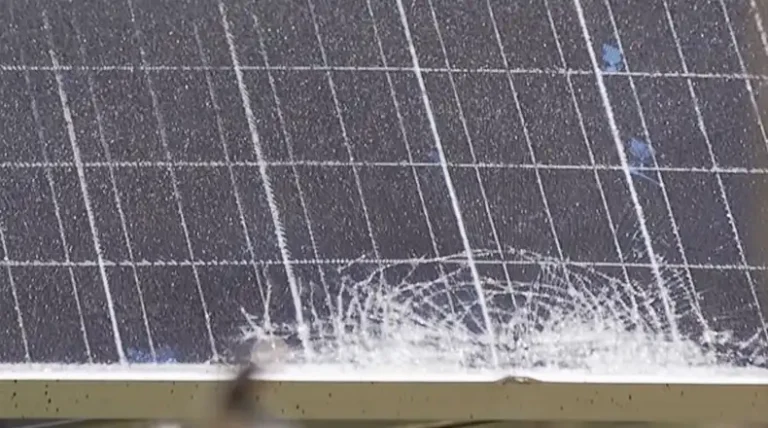What Are The Strengths Of Photovoltaics?
Photovoltaics (PV), also known as solar cells, converts sunlight directly into electricity without releasing any pollutants. However, as PV technology continues to develop and improve, determining its key strengths and benefits versus conventional energy sources has become an important question.
The core strengths of photovoltaics are their sustainable, renewable nature, decreasing costs, versatility in terms of applications, and potential to decentralize energy production.
PV offers a clean alternative to fossil fuels that reduces dependence on the grid. However, if you truly want to understand the transformational possibilities of PV, I would recommend you read the article by the end.
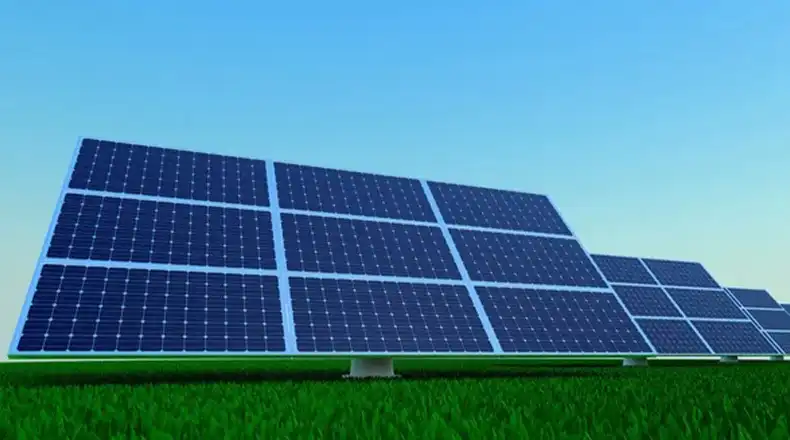
The Strengths Of Photovoltaics
Here are the core strengths of photovoltaics:
1. Sustainable and Renewable Power Sources
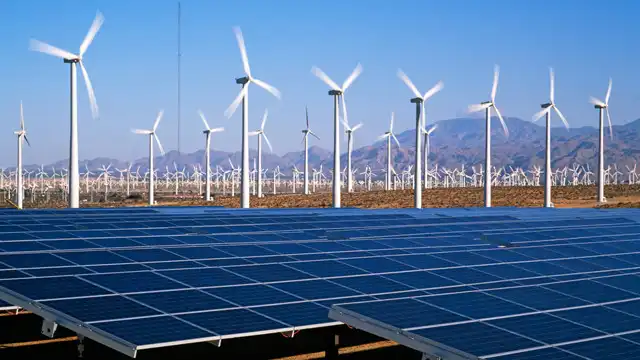
One of the biggest strengths of photovoltaics is their renewable, sustainable nature. PV panels produce electricity from an abundant, free fuel source – the sun. The amount of solar energy striking the Earth’s surface each hour is more than the total global energy consumption for an entire year. Solar irradiance remains constant, making PV electricity production reliable and resilient.
Unlike fossil fuels which are finite and being rapidly depleted, the sun’s energy will continue shining for billions of years. This provides energy security and prevents resource exhaustion. Solar photovoltaics are estimated to have a life span of 20-30 years. And with proper maintenance and care, PV systems can keep operating efficiently for even longer.
While the sun itself may be intermittent due to day/night cycles and weather fluctuations, PV can still generate a significant portion of grid electricity. According to NREL, PV could provide up to 40% of US electricity by 2050. Being an inexhaustible and perpetual energy resource makes solar photovoltaics fundamentally sustainable.
2. Improve Efficiencies and Output
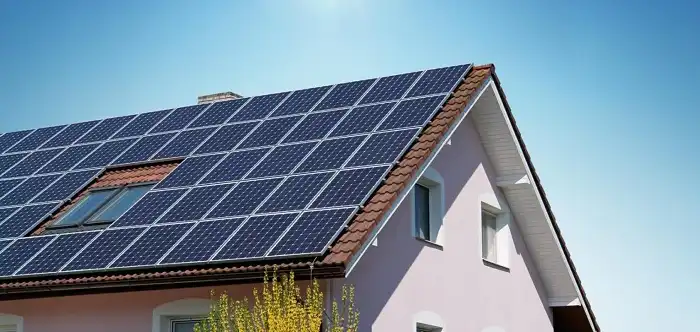
Another strength of photovoltaics is the consistent enhancements in solar cell conversion efficiency and productivity over time. According to NREL, typical commercial PV module efficiencies have risen from 15% to nearly 22% in the last 15 years. Some experimental solar cells in laboratories have reached over 47% efficiency.
As PV technologies and materials continue to advance, solar cell efficiency will keep improving. Manufacturing techniques like PERC, heterojunction cells, thin film, and UMM are helping boost efficiency. Emerging technologies like perovskites and organic PV promise even higher-performing solar cells.
R&D into more efficient solar absorber materials, novel manufacturing processes, and advanced cell structures will enable higher electrical yields going forward. This will lead to greater solar PV productivity and declining LCOE. The modular nature of PV also allows underperforming panels to be replaced without affecting the whole system.
Overall generation potential from PV systems is increasing through performance innovations. According to Wood Mackenzie Power and Renewables, utility-scale system outputs have gone up around 30% over the last 5 years, from 2500 MWh/MW in 2014 to 3250 MWh/MW in 2020. These trends will persist as new technologies raise conversion efficiencies.
3. Falling Costs and Improving Economics
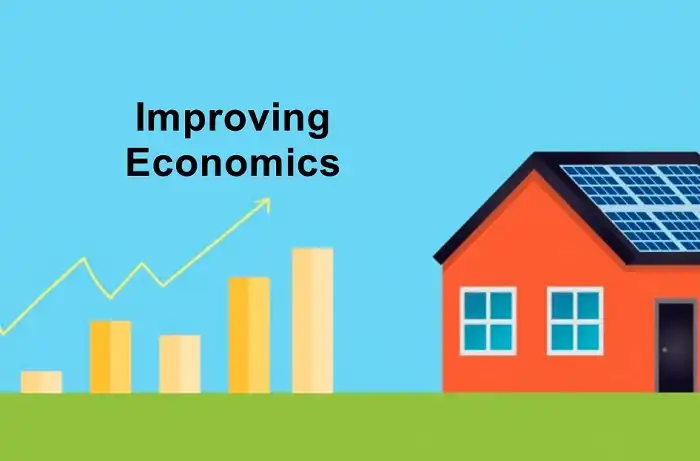
Plummeting production prices have made photovoltaics more economically viable. According to Lazard, the LCOE for residential solar PV has decreased from around $0.53/kWh in 2009 to roughly $0.15/kWh in 2021 – a massive 70% drop. Utility-scale prices have fallen 85% during the same period.
The continuing reduction in solar PV hardware costs is a key driver. Module prices have fallen 90% since 2010. Greater economies of scale in manufacturing and advancing cell/module efficiency also contribute to lowering LCOE. Soft costs like permitting, grid connection, financing, and customer acquisition are decreasing too.
As solar expands globally, supply chain development and standardized plug-and-play systems will further reduce costs. NREL estimates the LCOE for solar PV could be cut in half by 2050. When including health and environmental effects, solar PV provides even greater economic value to society. The improving cost-competitiveness makes photovoltaics more financially attractive.
4. Minimal Environmental Impact
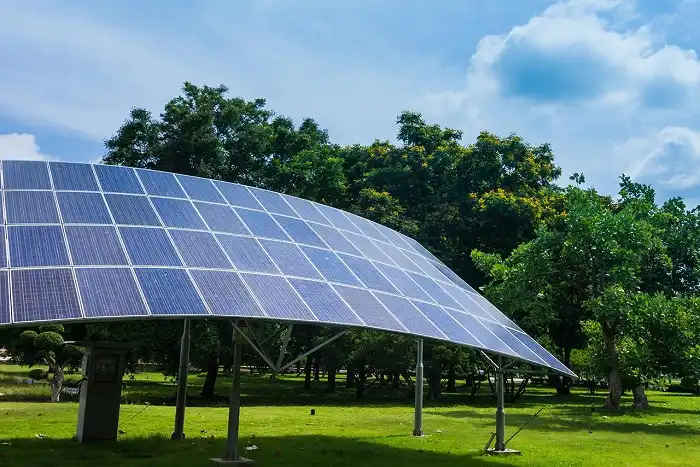
Photovoltaics generate electricity with an extremely light environmental footprint compared to fossil fuels. Solar PV emits no greenhouse gases, air pollutants, waste products, or noise during operation. The technology has among the lowest lifecycle carbon emissions of any energy source.
According to the IPCC, utility-scale solar PV has a median lifecycle emissions range of 18-48 gCO2eq/kWh compared to 820 gCO2eq/kWh for gas and 490 gCO2eq/kWh for coal power. Solar PV prevents millions of tons of carbon emissions when displacing fossil fuel electricity. Some end-of-life recycling processes for panels also boost sustainability.
The small land footprint of PV is another environmental advantage. Rooftop solar requires no additional land usage. Ground-mounted systems need just around 1 acre per 5-10 MW. And many solar farms are built on marginal lands unsuitable for other uses. The light, low-impact profile makes PV systems ideal for domestic and commercial settings.
Overall, photovoltaics provide clean energy production that minimizes ecological disturbances and natural resource usage. This aligns with sustainability goals and can help mitigate climate change impacts. The tiny environmental burden compared to conventional power gives solar PV a huge appeal.
5. Versatile Applications
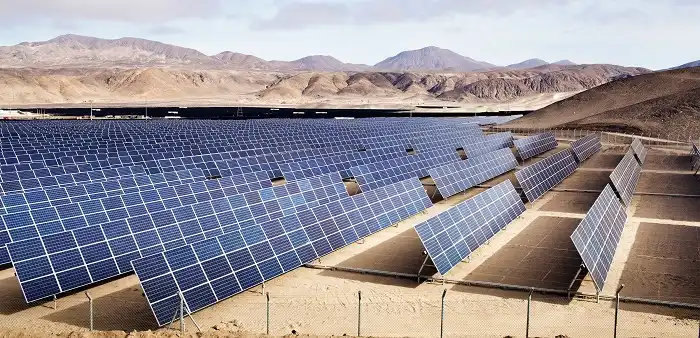
Another strength of solar photovoltaics is their versatility in terms of potential applications and installation formats. PV systems come in many shapes and sizes to fit different needs. Individual solar cells can be linked into modules, panels, and arrays to generate anything from watts to gigawatts of electricity.
Rooftop PV systems are suitable for homes, warehouses, offices, schools, factories and more to reduce energy bills. Building-integrated PV (BIPV) incorporates solar cells into roof shingles, windows, facades, and skylights. Floating PV systems are installed on water reservoirs, quarry lakes, flooded salt flats, and more.
There are ground-mounted PV farms ranging from 1 MW community projects to 1000+ MW utility-scale solar power stations. Off-grid PV provides electricity access without requiring connection to transmission infrastructure. Space-optimized PV designs exist like agrivoltaics which co-locate solar with agriculture.
PV can also be used for more niche applications like powering satellites in space, roadside lighting, transit bus shelters, solar vehicles, and wearable solar chargers. This flexibility and scalability in implementation opens diverse markets for photovoltaics.
6. Decentralization Potential
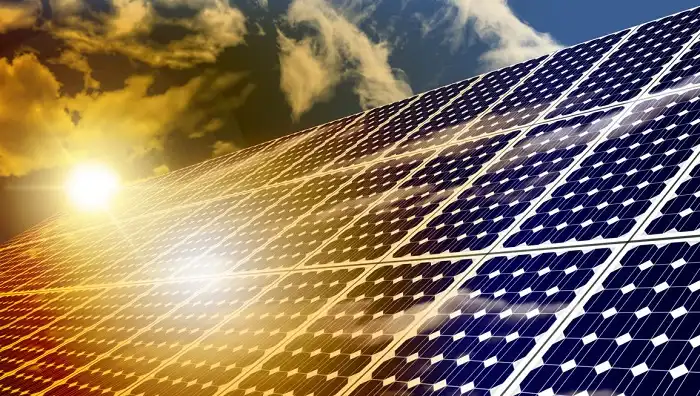
Solar PV allows electricity generation to be decentralized rather than centralized in large power plants. Distributed solar PV systems can be installed almost anywhere and tailored to local energy needs. Even small rooftop systems generate clean on-site power and reduce dependence on the grid.
This decentralized model provides multiple benefits. It allows underserved communities and remote areas to access affordable electricity without long-distance transmission. It also enhances grid resilience by diversifying the energy supply and using less vulnerable distributed resources.
As rooftop and community solar expands, households and businesses can become producers as well as just consumers. With the addition of batteries, local solar PV provides backup power during grid outages. Overall, the decentralizing capability shifts control away from monopolized utilities and back into the hands of people.
The Drawbacks of Photovoltaics
While solar PV provides many strengths and advantages, the technology also has some drawbacks worth considering:
- Intermittency – PV system output varies based on sunlight intensity, which changes with weather, seasons, and time of day. Energy storage or supplemental generation is needed to provide continuous power.
- Upfront Costs – Despite declining prices, installing PV systems requires high upfront capital investment. This can deter adoption, especially in developing regions.
- Land Usage – Utility-scale PV farms require significant land areas, which could compete with agriculture or conservation needs. Proper siting is crucial.
- Lifespan Limitations – Solar panels typically last around 25-30 years. Proper maintenance and component replacement is needed over decades of operation.
- Grid Integration Challenges – High PV penetration can strain electrical grids not designed for two-way power flows. Upgrades like smart inverters are often needed.
- Recycling Requirements – PV components like panels contain metals and minerals requiring responsible recycling. Scaling processes to handle growing PV waste volumes poses challenges.
- Weather Impacts – Extreme weather like hailstorms and hurricanes can damage PV systems. Snow cover and soiling also reduce productivity. Proper structural engineering is important.
- Scalability Constraints – Achieving gigawatt-scale PV capacity requires massive global supply chain expansion from raw materials to installations. Shortages and bottlenecks may occur.
Overall, while PV technology continues to improve, these limitations must be addressed for broader adoption. However, the strengths and benefits still make photovoltaics a key renewable energy source going forward.
Summary
The strengths of solar photovoltaics are clear. As a renewable, sustainable power source with minimal environmental impact, PV provides clean energy for the long term. The incredible versatility of photovoltaics enables diverse domestic, commercial, and utility-scale applications. And decentralized solar PV facilitates energy independence, security, and access. With all these benefits, it is easy to see why photovoltaics are becoming a pillar of the global energy transition. Harnessing the power of the sun provides a pathway to a more resilient, equitable, and environmentally conscious energy system. What are your thoughts on the strengths and promise of photovoltaics? Feel free to leave a comment below sharing your perspective. And thanks for reading this comprehensive overview of the advantages of solar PV technology!
How Efficient Can Solar PV Panels Be?
The most efficient solar PV panels today typically operate at around 20-22% efficiency. However, experimental lab cells have reached over 47% efficiency, with perovskites and multi-junction cells showing promise beyond 50% efficiency. Continued research and development is rapidly improving PV efficiency.
Why Is Solar PV Better Than Coal?
Solar PV has major advantages over coal power including:
- Renewable energy source versus finite coal reserves
- No air pollution, greenhouse gases, toxic waste, or mining impacts
- Cheaper and more cost-competitive electricity prices
- Can be installed locally without transporting solid fuel
- Safer with no risks like coal dust explosions
- More flexible, scalable, and modular installations
Overall, solar PV provides cleaner, cheaper, and more sustainable electricity generation compared to coal.
How Much Land Do Solar Farms Require?
Typical utility-scale solar farms need around 3-10 acres of land per megawatt of capacity. So a 200 MW solar farm would require about 600-2000 acres, or a little over 1 square mile. However, many solar projects are built on previously disturbed or marginal lands. Rooftop and building-integrated PV also utilize existing structures.
Can Solar Panels Work In Cloudy Weather?
Yes, solar panels can still generate electricity on cloudy days, just at reduced output. A typical solar panel may produce 10-25% of its rated capacity on an overcast day. Solar farms spread across large areas can help mitigate cloud cover impacts. Newer solar cell materials also capture more diffuse light. Panel tilting, sun tracking, and performance monitoring also help maximize productivity during cloudy conditions.

